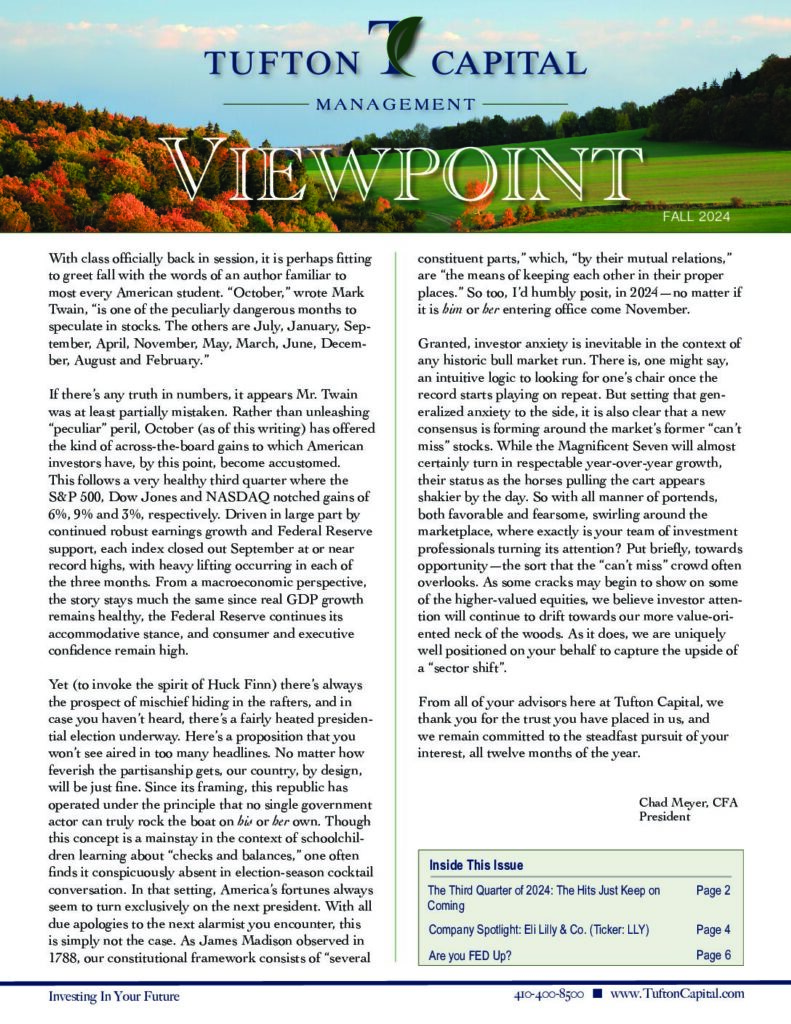The Break-Up of Raytheon & United Technologies
By Barbara Rishel
On April 1, 2020, United Technologies (ticker: UTX) merged with Raytheon Corporation (ticker: RTN) and is now Raytheon Technologies (new ticker: RTX). As part of this transaction, United Technologies spun off its two non-aerospace and defense businesses, Otis Corp (OTIS) and Carrier Corp (CARR) in a tax-free transaction to its shareholders. For every share of UTX owned, shareholders received one share of RTX, one half of a share in OTIS, and one share of CARR in place of UTX, which no longer exists as an independent company. Raytheon Technologies’ CEO is the highly respected former CEO of United Technologies, Greg Hayes.
Both Raytheon and United Technologies were founded over one hundred years ago and have a deep history of innovation. Raytheon, a pioneer in the manufacturing of vacuum and magnetron tubes for radar systems, discovered that magnetron tubes could rapidly heat food. They invented the Radar Range, the world’s first commercial microwave oven. United Technologies was initially known as the United Aircraft company, which combined Boeing with Pratt & Whitney, and was a pioneer in commercial aviation. Raytheon Technologies now holds over 40,000 patents, which is a testament to the company’s esteemed history of innovation and industry leadership.
Why did these companies merge? As Aristotle said, “the whole is greater than the sum of its parts”. The combined entity is comprised of two strong and established Fortune 500 companies with a revenue base of $70 billion. This is the third largest aerospace and defense company in the world with unmatched breadth and depth in the industry. By combining the two companies, RTX expects to reduce costs by over $1 billion through 2023 primarily due to the enormous economies of scale in their major end markets. For example, RTX will now be able to supply most of the avionics for the interior of every airplane built or refurbished. RTX is targeting increased earnings growth as early as 2021 and cash flow of $8B.
As a premier aerospace and defense company, the majority of company revenues (60%) for RTX come from the U.S. government and other governments around the globe. Approximately 40% of revenues are for industrial applications, including goods sold to commercial aviation companies such as Boeing and Airbus.
In addition, shareholders will benefit from OTIS and CARR as standalone companies with renewed focus on growth in their respective end markets.
Otis Worldwide Corp. (OTIS)
Otis Worldwide Corp was founded in 1853 and is the world’s leading company for elevator and escalator manufacturing, installation and service. The company proudly states that it moves over two billion people per day on over two million units in over 200 countries, more than any of its competitors. Sales are split 50/50 between the New Equipment segment and the Aftermarket Parts and Service segment. International customers make up over 70% of company sales. According to Otis, there are over 5.5 million elevators and escalators that are over twenty years old that need to be upgraded or replaced, which should supply a steady stream of future revenues. Otis generates 16% of its annual sales to China which accounts for over 50% of its new global elevator sales. Otis Worldwide’s CEO, Judith Marks, has been with the company since 2017 and was previously CEO of Siemens USA and Dresser-Rand. As a result of the Covid-19 pandemic, innovations such as touchless technologies are driving more upgrades.
Carrier Global Corp. (CARR)
Carrier Global Corp was founded in 1902 by Willis Carrier, “the father of air conditioning”. Carrier realized that he could dry air by passing it through water to create fog, which would make it possible to manufacture air with specific amounts of moisture in it. Within a year, he completed his invention to control humidity, which is the fundamental building block of modern air conditioning. In 1913, Carrier developed the Carrier Air Humidifier for larger indoor spaces that was one self-contained unit, complete with fan, motor and sprays in one packaged product. The first home air conditioner was introduced in 1926. Carrier Global Corporation was a separate publicly traded company on the NYSE until 1979, when it was purchased by United Technologies.
Today, Carrier Global is the market leader in the HVAC (heating, ventilation and air conditioning) industry. The company holds a leading worldwide position in many other markets, such as commercial buildings, refrigerated trucks, individual homes and factories. Approximately 50% of revenues are to international customers, primarily in Europe. The new CEO, Dave Gitlin, was an executive at Collins (UTX) before taking on the helm at CARR. Carrier continues its history of innovation, as more businesses because of the pandemic are upgrading their building ventilation systems to ensure safer and higher quality air for employees.
The outlook for each of these companies is improving as the world adjusts to changes brought on by Covid-19. Your investment team at Tufton Capital continues to monitor these issues and their impacts on your portfolio.





